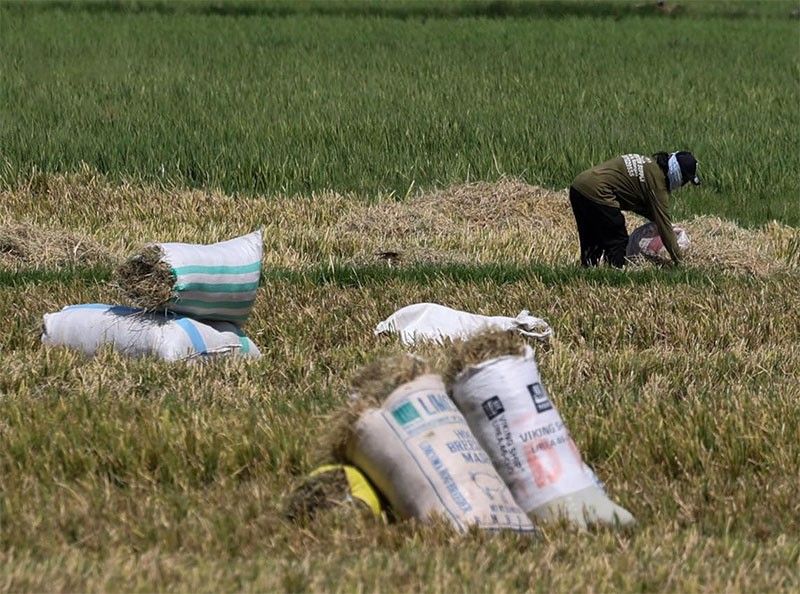Loans to agriculture sector ‘quadrupled’ in 2023

Post-credit reforms
MANILA, Philippines — The banking sector’s loan disbursements to the agriculture sector quadrupled last year after the government widened the number of projects considered as compliant with the 25 percent requirement, a member of the central bank’s Monetary Board said.
MB member Bruce Tolentino said the reforms made to the state’s rules on loans extended to the agriculture sector, through Republic Act 11901 or the Agriculture, Fisheries and Rural Development Financing Enhancement Act of 2022, are now generating results for the country, especially in the banking system.
The latest law repealed RA 10000 or the Agri-Agra Law, paving the way for a broader base of projects considered compliant with the mandated 25 percent quota that banks must lend to the agriculture sector.
It made the credit quota more inclusive to the entire agricultural value chain by abolishing the mandated two-tier allocation between the entire agriculture sector and agrarian reform beneficiaries.
“We’ve had the reform for one year, and in that year, loans to farmers and agriculture have quadrupled,” Tolentino said in a recent food security forum hosted by the Asian Development Bank.
“And the penalties paid by the banks to the central bank have been cut down by six times,” said Tolentino, who was the founding executive director of the Agricultural Credit Policy Council.
Prior to RA 11901, Tolentino said, the banks opted to pay the penalties since it was “cheaper” than lending to the farmers.
He pointed out that lending to the agriculture sector is better done through an entire value chain approach instead of just being limited or targeted to farmers.
According to Tolentino, lending through other parts of the value chain that are more familiar with the inner workings of the sector will facilitate greater loan impact.
He cited the case of the rice value chain, wherein rice mills are considered to be a “local monopoly” since they are well aware of their industry situation and have better relationships with farmers than the banks.
“If you broaden the quota so that it lends to the entire value chain, so that you’re lending not only to farmers but you’re lending to processors and transporters and mills and warehouse owners, then you’re better able to finance the agricultural sector,” Tolentino said.
“Also broaden it so that not only production is supported, but also processing, drying, transport and other types of activities that you find in the rural area. Then you’re able to enable the banks to lend to a much broader swath of players in the countryside,” he added.
The Bangko Sentral ng Pilipinas has yet to release the full-year 2023 figures on the agricultural loans compliant with RA 11901.
Latest data available covered the first half of 2022, showing total loans to the agriculture and agrarian reform sectors growing by 11.1 percent to P847.95 billion on an annual basis.
- Latest
- Trending

































